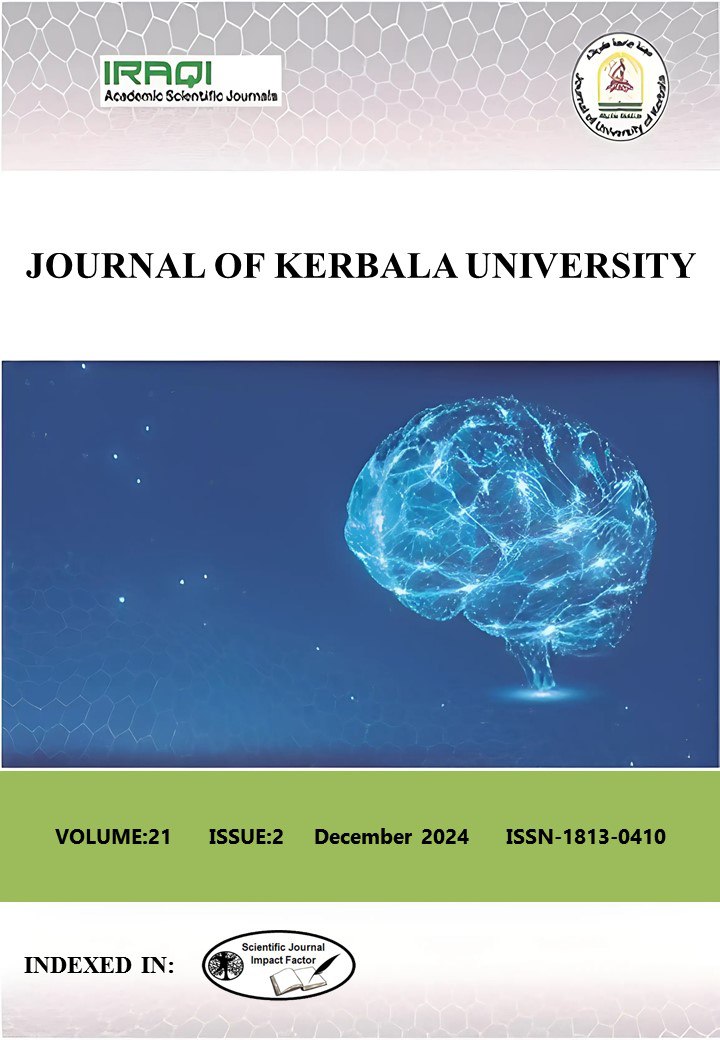Development and Validation of a 1-Year-Old Computational Voxel Phantom for Improved Dosimetric Accuracy in Paediatric Dental Cone Beam Computed Tomography
Department of Physics, College of Science, University of Kerbala, 56001 Karbala, Iraq.
Keywords:
Medical image data, 3DSlicer software, Monte Carlo, 3D voxel model, paediatric phantom design and effective dose.Abstract
Cone Beam Computed Tomography (CBCT) offers a lower radiation dose alternative for paediatric patients compared to conventional CT scan, particularly in managing cleft lip and palate (CLP). Accurate dosimetry is essential to balance benefits and risks, with Monte Carlo simulations being a feasible approach. Despite advancements in computational phantoms, a gap exists for 1-year-old paediatric phantoms specific to CLP cases in dental CBCT. This study addresses this gap by developing and validating a 1-year-old voxel model for dental CBCT, utilising binary data from medical images as outlined in International Commission on Radiological Protection publication 143. The binary data were converted to voxel images using (X) MedCon software and processed in 3DSlicer to create a 3D model representing head and neck organs and tissues, including modifications for CLP anatomical variations. Validation against anthropometric data confirmed the model's accuracy. Monte Carlo GATE simulations were then used to calculate absorbed and effective organ doses during dental CBCT procedures. Effective dose (ED) values ranged from 0.02 mSv to 2.98 mSv, with dose reductions achieved by lowering the tube current-time product. The cochlea received the highest dose due to its proximity to the cone beam's field of view, while the brain and thyroid received the lowest doses due to protective anatomical positioning. The study provides a reliable dosimetry voxel phantom and emphasises optimising exposure parameters in paediatric imaging to minimise radiation risks.





